A lot of people worry about insects in the garden, but you should also keep an eye out for diseases. Common garden diseases like downy mildew can be incredibly destructive to crops if you don’t control them early. In fact, prevention is the very best medicine when it comes to fungal diseases.
We’re going to teach you how to identify downy mildew, treat it, and most importantly, how to prevent it for future growing seasons. Let’s dig in!

Table of Contents
What are the characteristics of downy mildew?
Downy mildew is a plant disease caused by a fungus-like pathogen that can infect curcubits, brassicas, grapes, basil, and flowers (in particular roses, pansy, impatiens, and sunflowers).
The first symptoms are pale or yellow splotches on the tops of leaves that are hemmed in by the leaf veins, though these spots eventually turn brown. When the weather is particularly wet or humid, you’ll see downy fuzz (this is called sporulation) on the undersides of leaves.

Is downy mildew the same as powdery mildew?
Though both powdery mildew and downy mildew make leaf surfaces look fuzzy, they are two different plant diseases. And once you see them in your garden, you’ll easily be able to tell the difference.
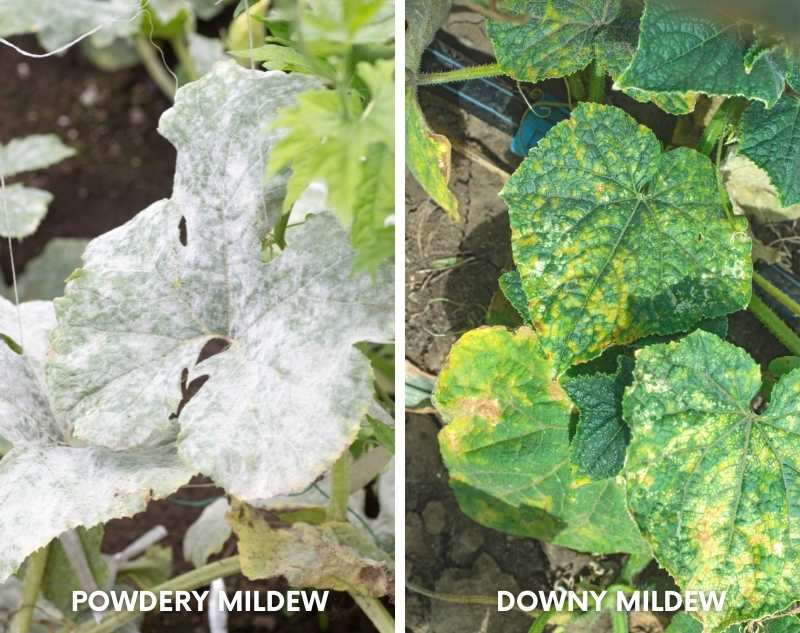
Here are the major differences:
- Powdery mildew is caused by fungi, whereas downy mildew comes from oomycetes, or water molds.
- Powdery mildew shows up on both lower and upper leaf surfaces, but downy mildew displays only on lower leaf surfaces.
- Powdery mildew has a white or gray tint to the entire leaf, whereas downy mildew starts off as pale or yellow splotches on the tops of leaves, with a purplish fuzz on the underside of the leaf.
- Powdery mildew looks bad but rarely kills the plant. Downy mildew can be very harmful to plant health. With downy mildew, you’ll see rapid leaf death, especially during wet and humid periods.
Is downy mildew harmful?
Yes, the pale or yellow leaf spots on an infected leaf will eventually merge together and turn the entire leaf brown. The leaf can then curl up and die.
Growfully Protip
The downy mildew pathogen spreads rapidly in humid environments.

Will it kill my plants?
Yes, a heavy infection of downy mildew will kill your plants by killing back the leaves, which stops the plant from thriving.
Growfully Protip
There are several different strains of downy mildew that can attack different plants while leaving others alone. For example, Pseudoperonospora cubensis can infect curcubits, Plasmopara viticola infects grapes, and Hyaloperonospora parasitica infects brassicas.

Does downy mildew spread?
Downy mildew spreads through spores. These spores can be carried by the wind, in soil, on tools, on gardener’s hands, or on plant matter. The most common way spores are spread is through water—in particular by splashing infected leaves with overhead irrigation or rainwater—especially in warm, humid environments.
Growfully Protip
In climates with a hard, killing freeze in the winter, downy mildew spore survival is low and overwintering impossible. New infections can occur during warm weather months due to spores being carried on air currents or overwintered in hoop houses or greenhouses.
What is the life cycle of downy mildew?
You’ll first notice pale or yellowing lesions along the leaf veins of your plant. The spots will eventually turn brown and combine to make large spots. In particularly high humidity environments, you may see a lavender-colored fuzz on the underside of the leaf. The disease will eventually cause the leaf to die back.

Does downy mildew stay in soil?
Downy mildew does spread in the soil in mild climates and during warm weather months in colder climates. It does not survive in the soil during cold winters.
How can I prevent downy mildew?
Prevention is the absolute best method when it comes to tackling downy mildew. Here are some options for prevention:
- Since leaf wetness is the number one way downy mildew spreads, avoid overhead irrigation that will get the leaves of your plants wet, especially during the most humid parts of summer. Use drip irrigation, soaker hoses, or hand watering instead.
- If you must use overhead watering, do it first thing in the morning, so leaves can dry quickly in the sun.
- Use proper plant spacing to allow for good air circulation.
- Destroy infected plants and remove all related plant debris to keep the infection from spreading to other plants.
- Practice crop rotation—especially in regions with mild winters, where the lack of a killing freeze allows spores to overwinter in the soil.
- Plant resistant cultivars. Disease-resistant cultivars should be marked as so when shopping in a seed catalog or on a seed website.
- Use baking soda and hydrogen peroxide sprays to help prevent infection. See below for more information.

Preventative Sprays for Downy Mildew
When used together, hydrogen peroxide and baking soda are powerful anti-fungal agents in the garden. We use them weekly in our garden as preventative treatments.
To prevent a downy mildew outbreak with hydrogen peroxide and baking soda:
- Day 1 (early in the morning): Combine 6 tablespoons of 3% hydrogen peroxide per gallon of water in the tank of a sprayer. Spray infected plants liberally with the solution—making sure to cover all sides of the leaves, stems, and fruit.
- Day 2 (early in the morning): Combine 2 tablespoons baking soda per gallon of water in the tank of a sprayer. Spray infected plants liberally with the solution—making sure to cover all sides of the leaves, stems, and fruit.
Growfully Protip
For prevention, spray your plants every 1 to 2 weeks with this routine, depending on the humidity of your location. Gardeners in humid environments should spray more frequently.

How do you treat downy mildew?
As we said before, prevention is the best method for stopping downy mildew in its tracks, but if you already have an infection, we highly recommend getting to work with treatment as soon as possible to prevent further spread.
As with most tasks in the garden, there are varying levels of intensity you can use to treat the infection based on your own comfort level with chemical control. We’ll outline what we’ve used in the past for fungal diseases.

What is a natural remedy for downy mildew control?
We prefer to try natural remedies first when dealing with garden diseases and for downy mildew (or honestly, any fungal or fungus-like diseases), we use sprays of both hydrogen peroxide and baking soda.
To treat a downy mildew outbreak with hydrogen peroxide and baking soda:
- Day 1 (early in the morning): Combine 3/4 cup of 3% hydrogen peroxide per gallon of water in the tank of a sprayer. Spray infected plants liberally with the solution—making sure to cover all sides of the leaves, stems, and fruit.
- Days 2 and 3 (early in the morning): Repeat spray from Day 1.
- Days 4 and 5: Stop treatment.
- Days 6 and 7 (early in the morning): Repeat spray from Day 1.
- Day 8 (early in the morning): Combine 2 tablespoons baking soda per gallon of water in the tank of a sprayer. Spray infected plants liberally with the solution—making sure to cover all sides of the leaves, stems, and fruit.
- Continuing forward: Switch to the preventative care routine explained above.

What is the best fungicide for downy mildew?
If this natural remedy routine seems too involved for you, there are numerous organic-safe fungicides on the market that will often treat an infection of a downy mildew. However, fungicide applications are most successful when used in prevention instead of treatment. Their success is also increased by combining applications with cultural controls (like planting disease-resistant varieties and using drip irrigation).
Be aware when choosing chemical controls, that just because something is safe for use in an organic garden, it does not make it without drawbacks. Make sure to read the label on your chose fungicide before using it. You may want to look for fungicides with these active ingredients:
- Copper
- Sulfur
- Chlorothalonil
- Mancozeb
- Ranman
Growfully Protip
It’s important to rotate fungicides or tank mix different fungicides together to prevent fungicide resistance from developing.

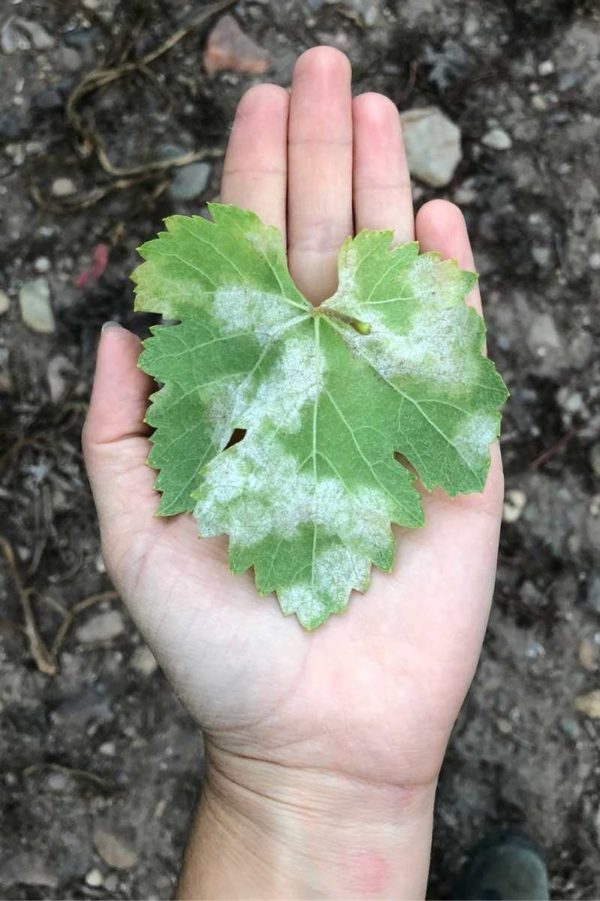

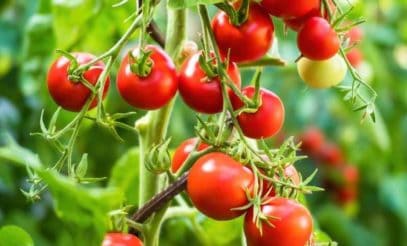

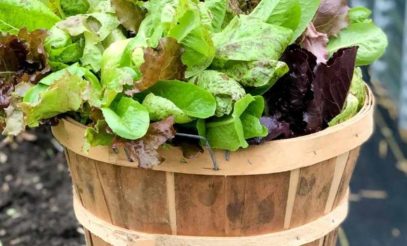
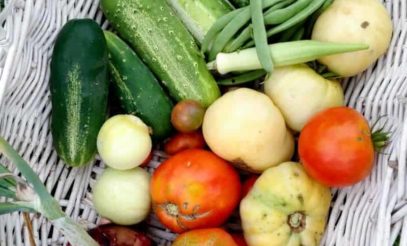
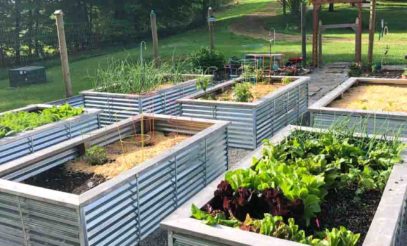
Thanks for a great article. I did try your method after I had an outbreak and it saved my tomato and peppers from being a total loss. I live in the wet and humid northwest, so I deal with fungi constantly. Winter squash was severely affected though in spite of the spray regimen. Next year, I plan to plant later and start a spray program as soon as plants are in the ground. Will skip winter squash as it was the most affected.
I have a question…..I have dealt with this disease for 3 seasons now in various crops and flowers. I want to plant garlic this month in the spot where my winter squash was and am worried about soil borne spores. Can I effectively soil drench with the solution? And does disease manifest itself on leaves only, or can it affect roots? Thx in advance!
Garlic is so hardy that you will likely be okay even without a soil drench, but we haven’t experienced that ourselves so we can’t say for sure.
This is by far the best article I have read on this subject drawing a clear distinction between Powdery and Downy mildew. My overgrown extensive mixed hedge was severely reduced in July and soon showed heavy infestation of Downy mildew on the newly emerging leaves. Here in England we have had a particularly wet and humid summer and I do confess to overhead watering. I am now in the process of removing all the laurel leaves and further reduction of the laurel trees with a view to these being eliminated if possible. Other components of the hedge do not appear to be affected, namely Elaeagnus ebbingei . Hazel and Holly and i do find these more attractive than the laurel. I appreciate it may be a thankless task to eliminate the laurel altogether.
Thank you so much for this article which clarifies matters so well in the differentiation of the two separate diseases.
So glad it was helpful, and best of luck with your hedge!